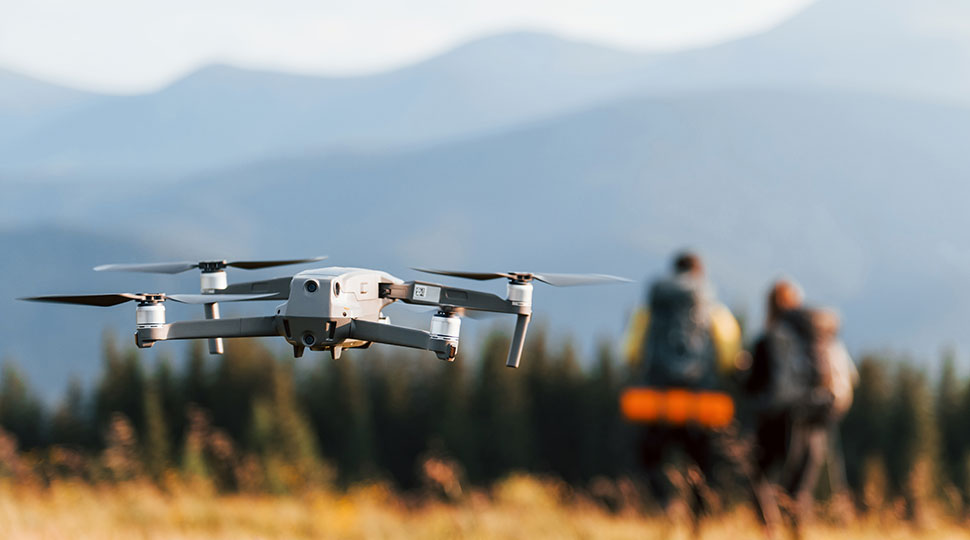Are you ready to take your drone flying skills to the next level? Do you want to challenge yourself or your friends with a unique and thrilling experience? Building a drone obstacle course is an exciting project that requires creativity, patience, and attention to detail.
In this article, we’ll walk you through the process of designing and building an ultimate drone obstacle course.
Planning Your Drone Obstacle Course
Before you start building your obstacle course, it’s essential to plan carefully. This will ensure that your creation is both fun and challenging for pilots of all skill levels. Start by considering the space you have available. Will you be building indoors or outdoors? How much room do you have to work with?
Take some time to brainstorm ideas for obstacles. You can use everyday objects like cardboard boxes, PVC pipes, and fabric sheets to create a variety of challenges. Think about gates, hoops, tunnels, and other features that will test your flying skills. Don’t be afraid to get creative – the more unique and challenging your course is, the more fun you’ll have.
Choosing the Right Obstacles
When selecting obstacles for your drone obstacle course, consider a few key factors. First, think about size. Larger obstacles can provide more challenging navigation for pilots, while smaller ones can add variety and surprise to the course. Next, consider material. You can use lightweight materials like cardboard or foam board for smaller obstacles, or heavier materials like PVC pipes or metal frames for larger ones.
Another important factor is complexity. Obstacles that are too easy may not provide enough challenge for experienced pilots, while those that are too difficult may be frustrating for beginners. Aim for a mix of simple and complex obstacles to keep things interesting.
Building and Setting Up the Obstacle Course
With your plan in place and your obstacles chosen, it’s time to start building!
Begin by setting up the foundation of your course – this might include gates, tunnels, or other larger features that will provide structure for your smaller obstacles. Use a level and a measuring tape to ensure that everything is properly aligned and spaced.
As you add more obstacles, think about flow and navigation. You want pilots to be able to move smoothly through the course without getting stuck or losing their bearings. Consider using arrows or other visual cues to guide pilots through the course.
Safety Considerations
When flying drones in an obstacle course, safety is paramount. Here are a few things to keep in mind:
- Make sure you have enough space to fly safely – avoid building obstacles too close together or near fragile objects.
- Use crash pads or soft surfaces to absorb impacts and reduce damage to your drone.
- Consider using barriers or fences to contain the course and prevent drones from flying away.
- Always follow local regulations and guidelines for drone use.

Testing and Refining Your Obstacle Course
Once you’ve built your obstacle course, it’s time to put it to the test. Invite some friends over and take turns flying through the course. Pay attention to how the obstacles work together – are there any bottlenecks or areas where pilots get stuck?
Take note of any issues that arise and make adjustments as needed. You might need to adjust the spacing or placement of obstacles, or add more challenges to keep things interesting.
Cleared for Takeoff
Building an ultimate drone obstacle course is a fun and rewarding project that requires creativity, patience, and attention to detail. By following these steps and tips, you can create a unique and challenging course that will provide hours of entertainment for pilots of all skill levels.
So why not give it a try? With the right planning and execution, your drone obstacle course can become the talk of the town – and a source of endless fun and adventure for you and your friends.








